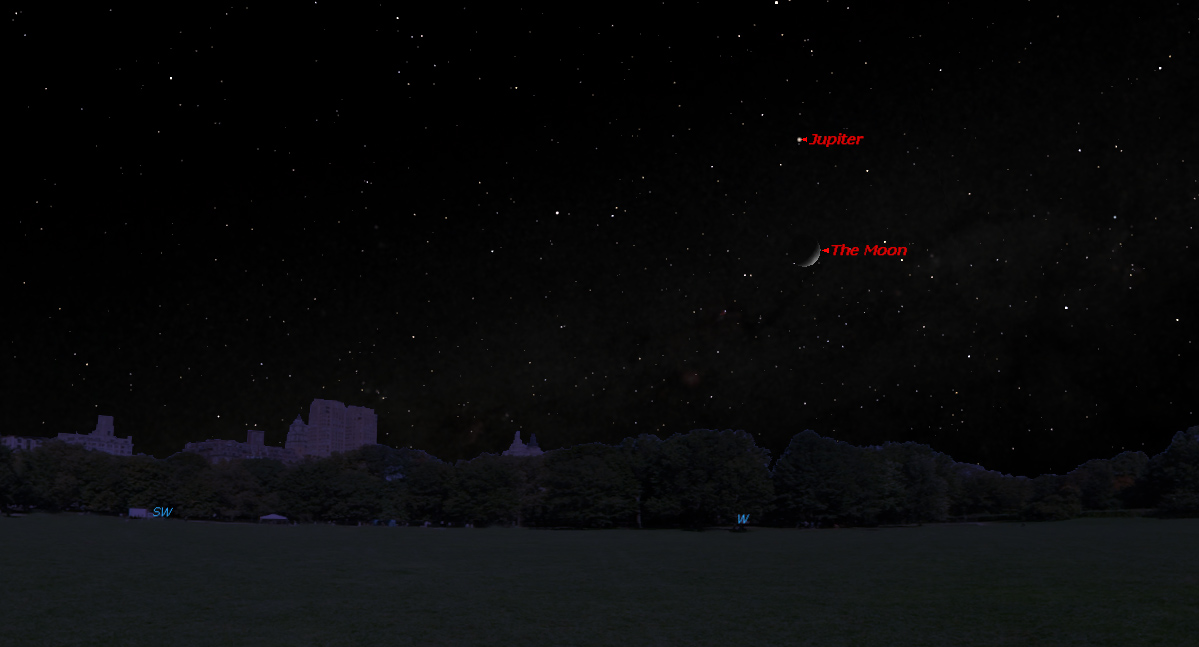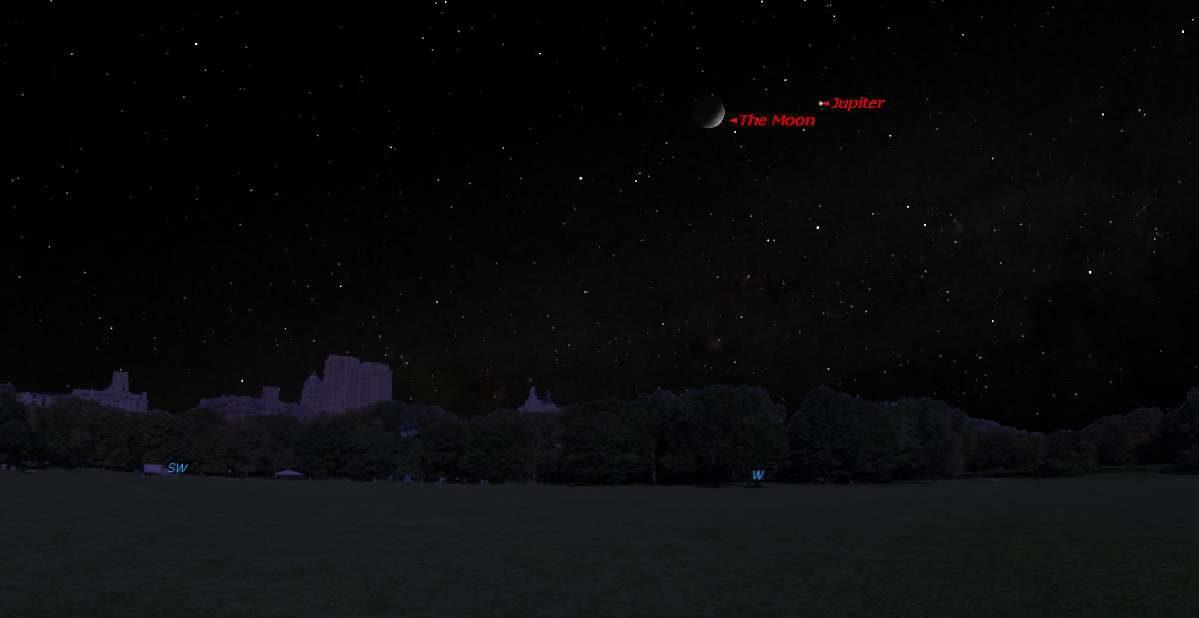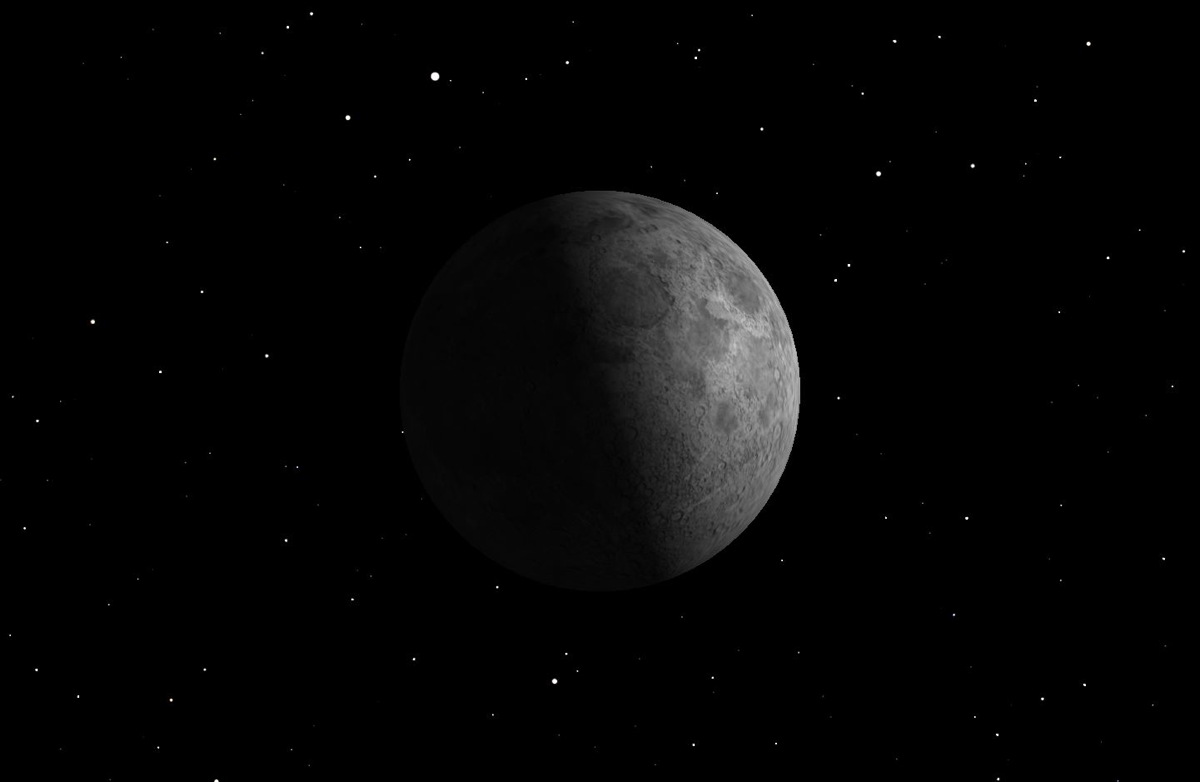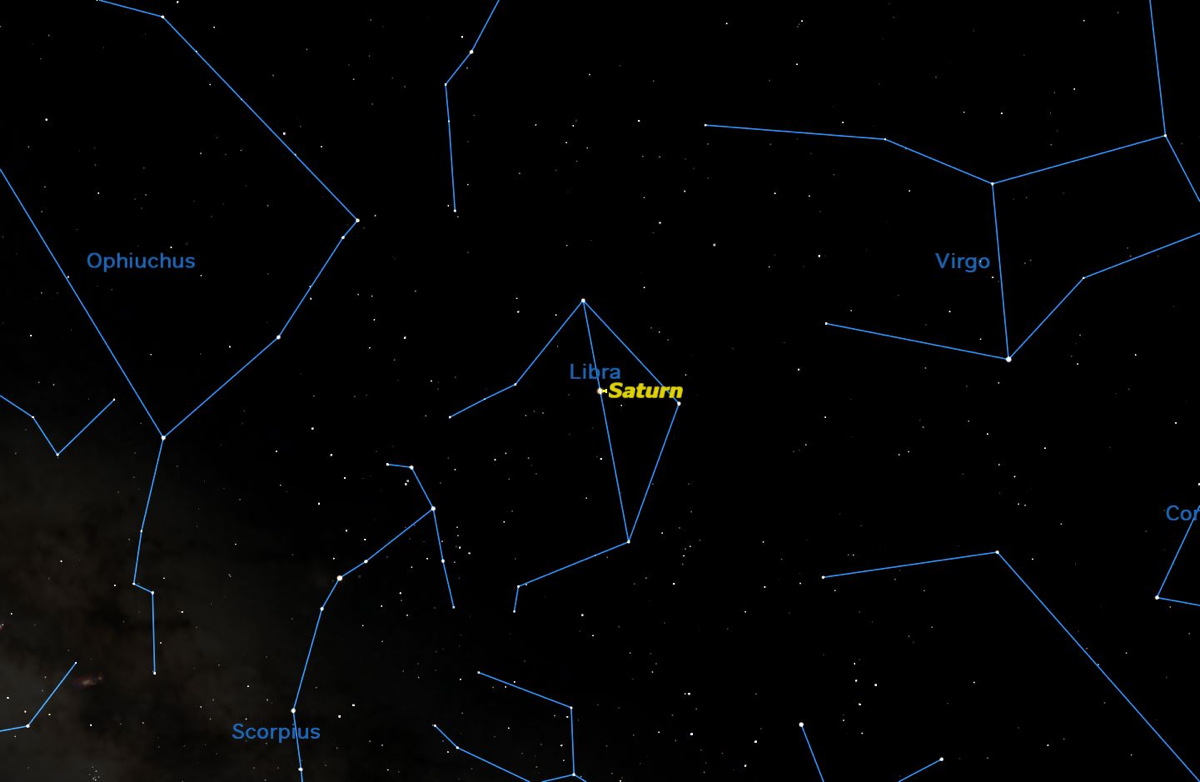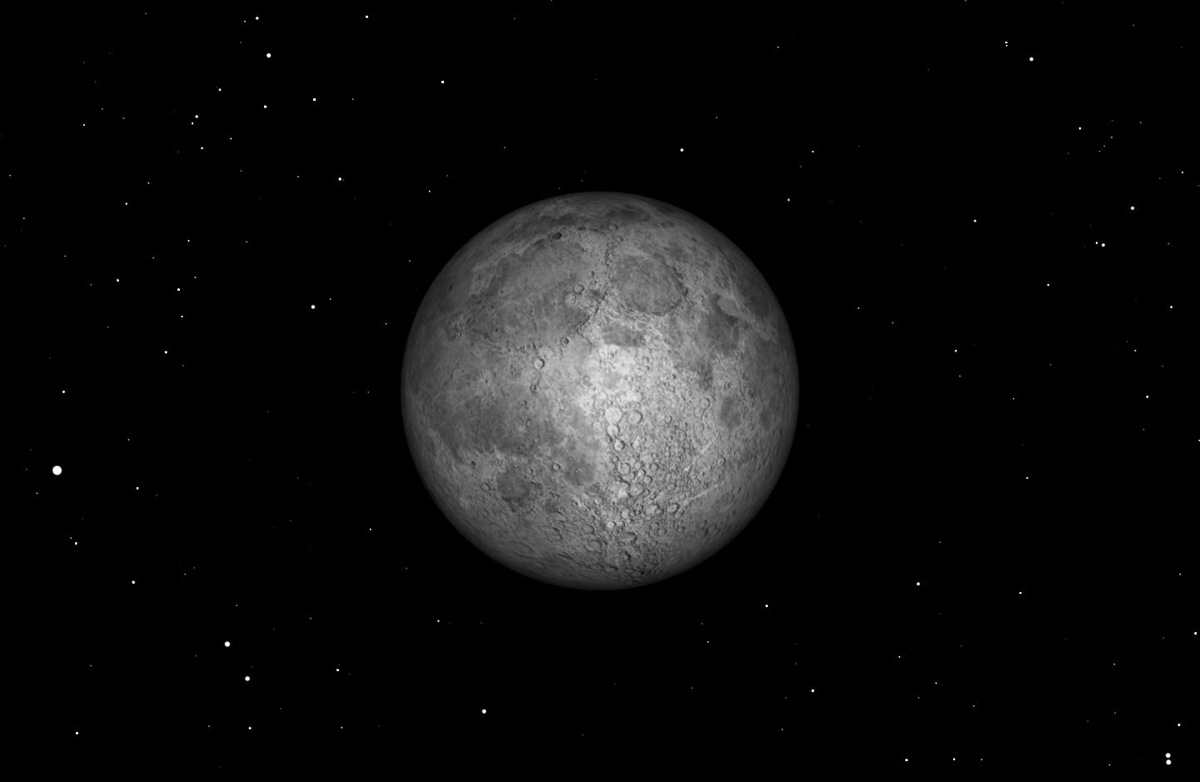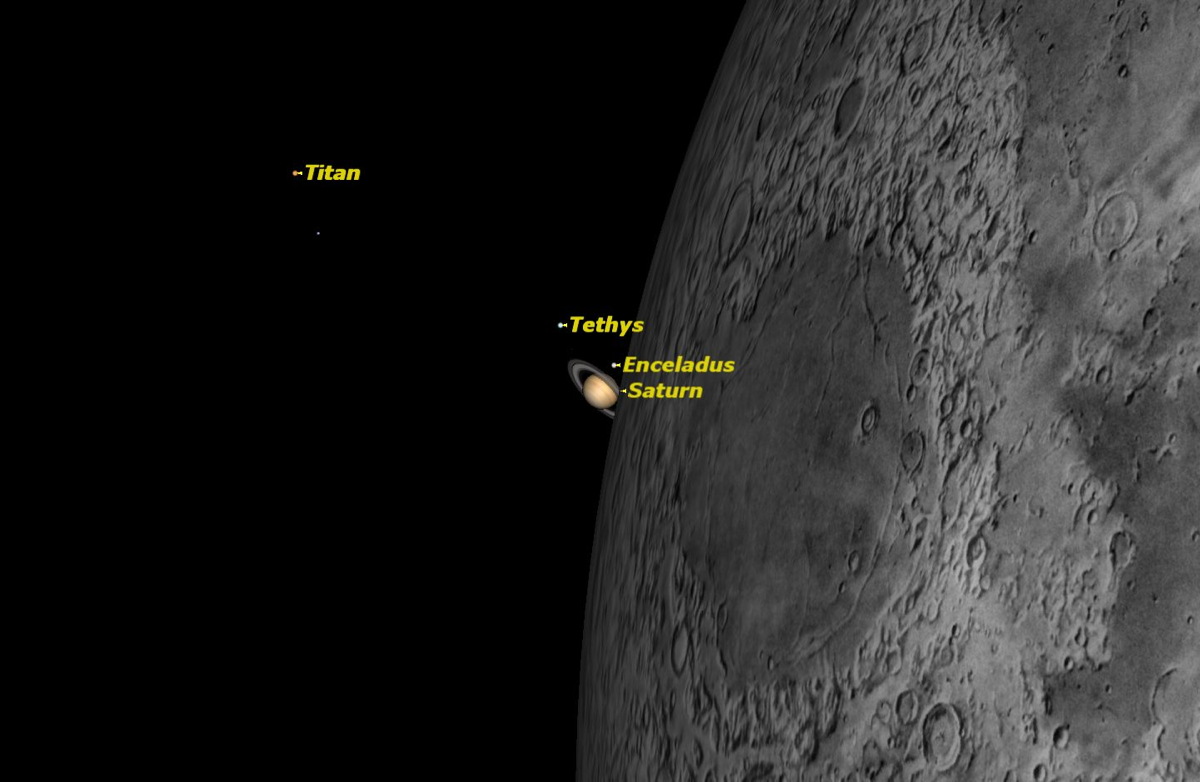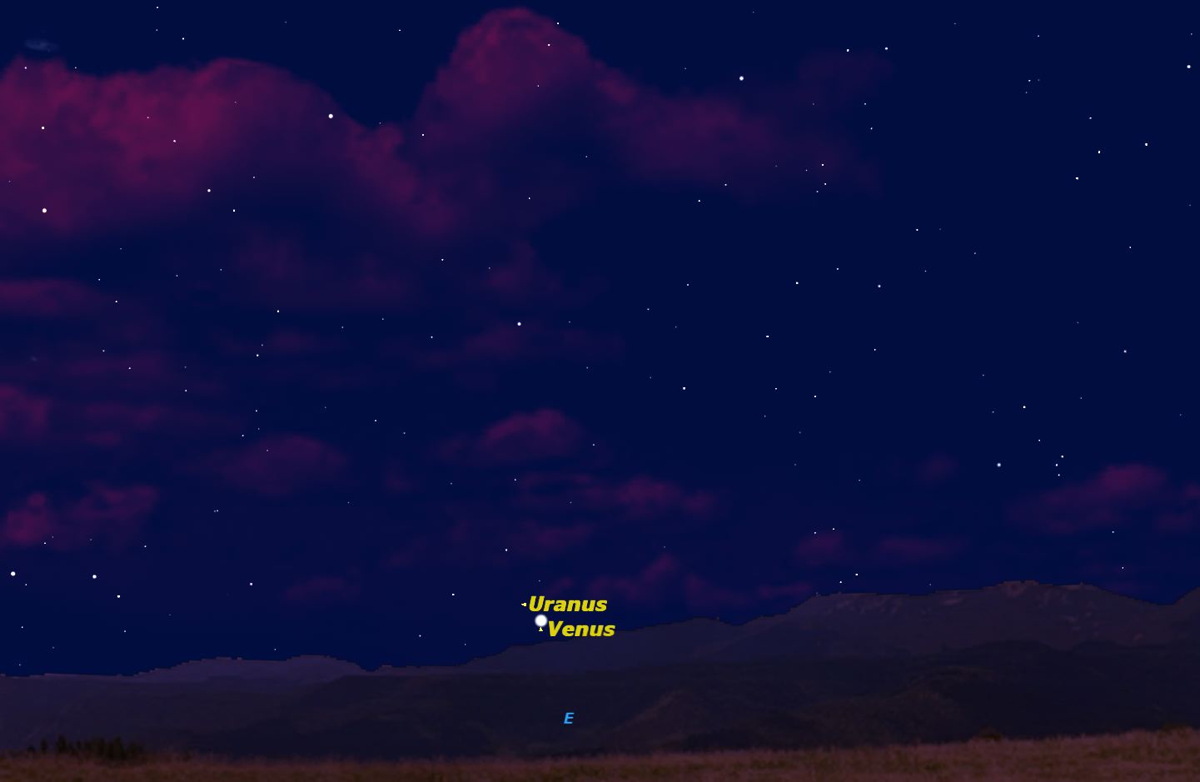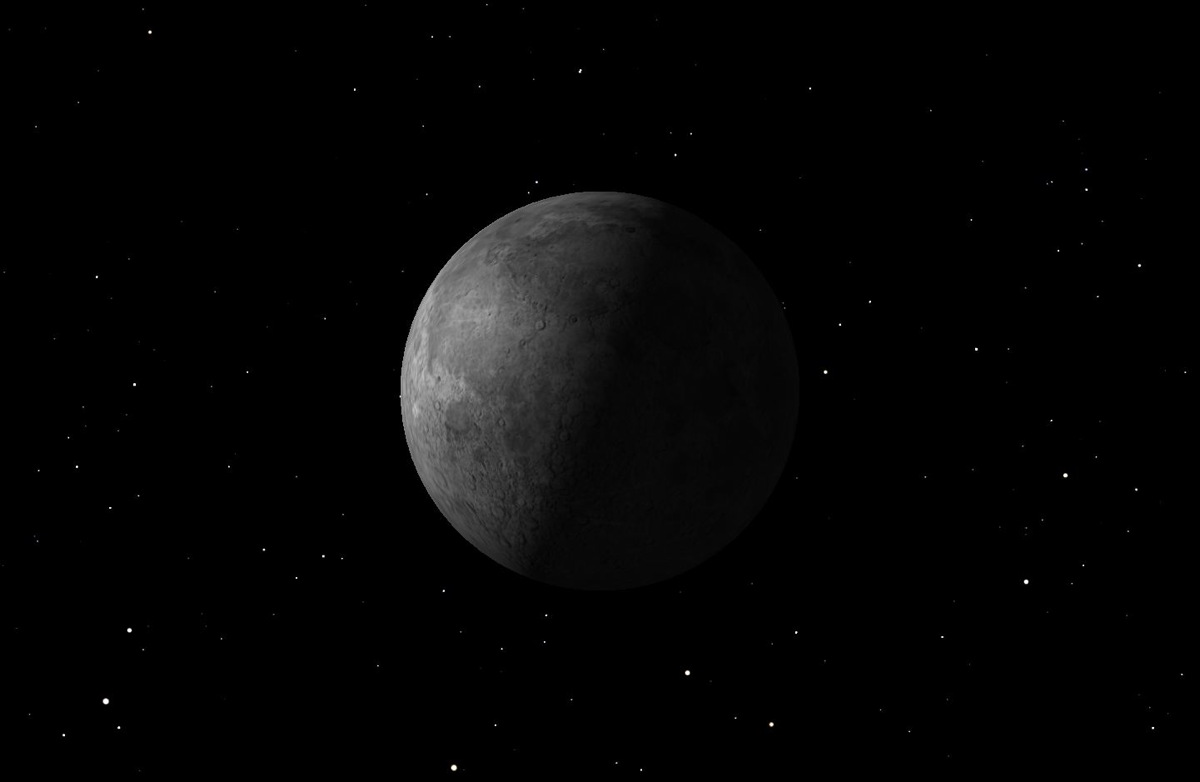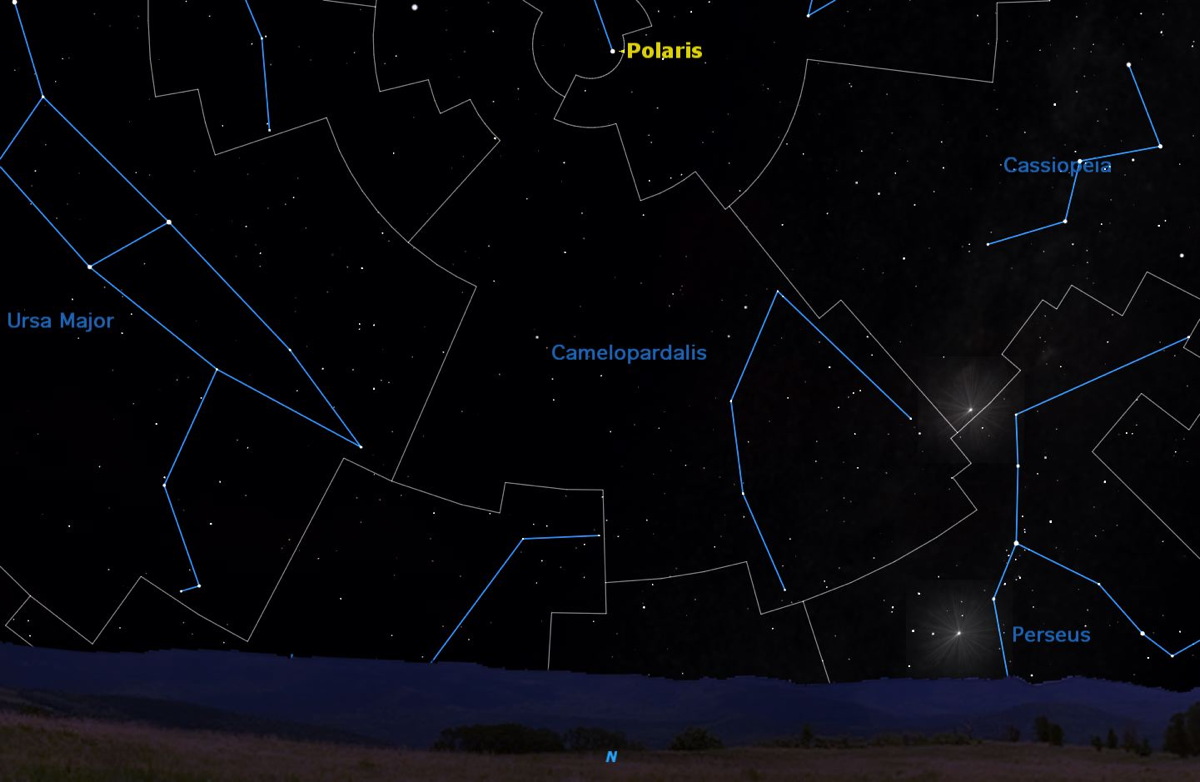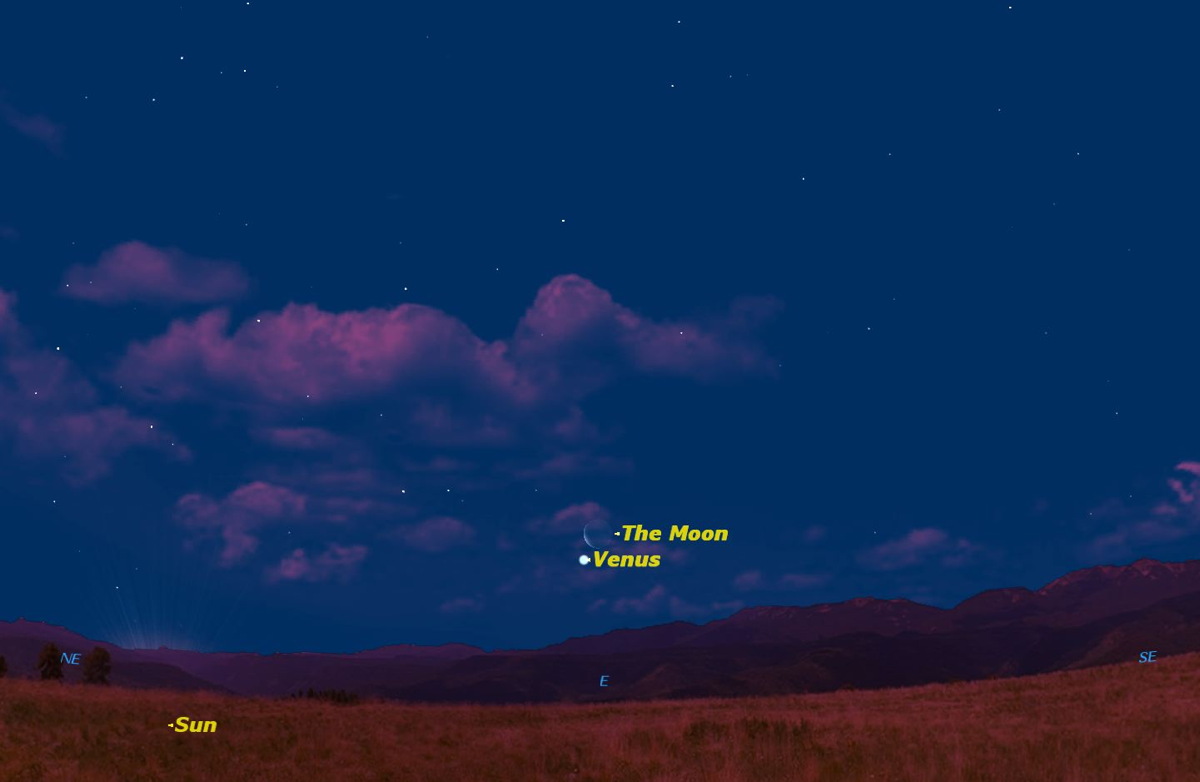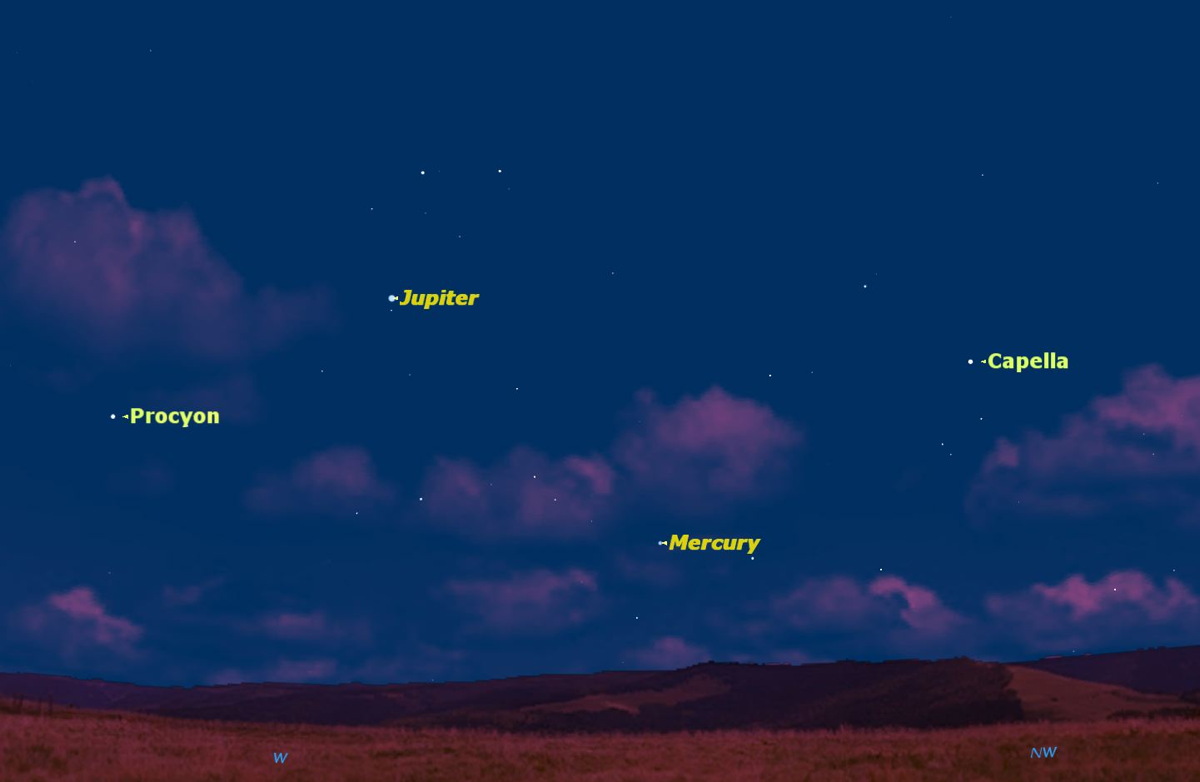Best Night Sky Events of May 2014: Stargazing Sky Maps (Gallery)
Jupiter near the Moon
The night sky is a wondrous place, a realm filled with stars and planets and galaxies that is free to behold. You need only look up. Here's a look at some of the most promising sky events of the May night sky. Here: This sky map shows the location of Jupiter near the moon on Saturday, May 3, 2014, as seen in the western sky at 10 p.m. local time from mid-northern latitudes. See Space.com's full May 2014 night sky guide.
Jupiter Near Moon: May 4, 2014
This sky map shows the location of Jupiter near the moon on Sunday, May 4, 2014, as seen in the western sky at 10 p.m. local time fr m mid-northern latitudes.See Space.com's full May 2014 night sky guide.
First Quarter Moon, May 2014
Tuesday, May 6, 11:15 p.m. EDT. The First Quarter Moon rises around 12:15 p.m. and sets around 2:15 a.m. It dominates the evening sky. See Space.com's full May 2014 night sky guide.
Saturn at Opposition, May 2014
Saturday, May 10, 2 p.m. EDT. Saturn will be at opposition, exactly opposite the sun in the sky. See Space.com's full May 2014 night sky guide.
Full Moon, May 2014
Wednesday, May 14, 3:16 p.m. EDT. The Full Moon of May is known as the Milk Moon, Flower Moon, or Corn Planting Moon. It rises around sunset and sets around sunrise, the only night in the month when the moon is in the sky all night long. The rest of the month, the moon spends at least some time in the daytime sky. See Space.com's full May 2014 night sky guide.
Saturn and the Moon, May 2014
Wednesday, May 14, early morning. The Full Moon will pass just below the planet Saturn. Observers in southern Australia and New Zealand will see the moon occult Saturn. Saturn is just appearing from behind the moon as seen from Melbourne, Australia. See Space.com's full May 2014 night sky guide.
Venus and Uranus, May 2014
Thursday, May 15, dawn. This will be a difficult observation because the sky is starting to get light by the time the planets rise, making it difficult to see 6th magnitude Uranus. A low eastern horizon will be necessary. See Space.com's full May 2014 night sky guide.
Breaking space news, the latest updates on rocket launches, skywatching events and more!
Last Quarter Moon, May 2014
Wednesday, May 21, 8:59 a.m. EDT. The Last Quarter Moon rises around 1:30 a.m. and sets around 1:15 p.m. It is most easily seen just after sunrise in the southern sky. See Space.com's full May 2014 night sky guide.
New Meteor Shower, May 2014
Saturday, May 24, 3–4 a.m. EDT. Debris from Comet 209P/LINEAR is expected to cause a new meteor shower radiating from the constellation Camelopardalis, just off the nose of the Great Bear. This may be the brightest meteor shower this year. See Space.com's full May 2014 night sky guide.
Venus and the Moon, May 2014
Sunday, May 25, dawn. The slender crescent moon will rise just above the planet Venus, shortly before sunrise. Later in the day, you can use the moon to spot Venus in the daytime sky. See Space.com's full May 2014 night sky guide.
Mercury at Greatest Eastern Elongation, May 2014
Sunday, May 25, sunset. About half an hour after sunset, look for Mercury low in the western sky, framed by Procyon and Jupiter to the left and Capella to the right. See Space.com's full May 2014 night sky guide.

Space.com is the premier source of space exploration, innovation and astronomy news, chronicling (and celebrating) humanity's ongoing expansion across the final frontier. Originally founded in 1999, Space.com is, and always has been, the passion of writers and editors who are space fans and also trained journalists. Our current news team consists of Editor-in-Chief Tariq Malik; Editor Hanneke Weitering, Senior Space Writer Mike Wall; Senior Writer Meghan Bartels; Senior Writer Chelsea Gohd, Senior Writer Tereza Pultarova and Staff Writer Alexander Cox, focusing on e-commerce. Senior Producer Steve Spaleta oversees our space videos, with Diana Whitcroft as our Social Media Editor.
